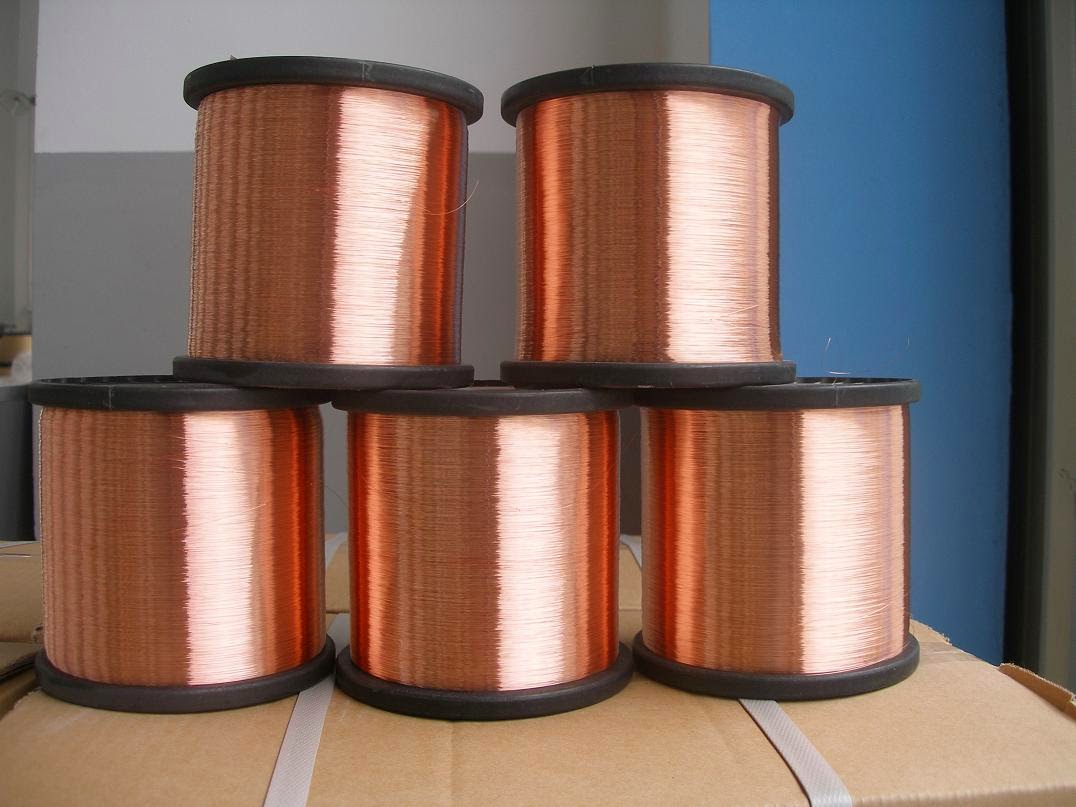Trend of Application: Copper Wire & Cable Products
Industrial development is backed by metallurgical advancement of the copper wires. Wire and cable products are being used in the developed countries as well as newly industrialized regions of the world. In western countries alone, more than 80 percent of all copper and its alloys are used for the purpose of electrical connectivity. Copper wires and the cables made of different types of windings like stranded copper wire and bunched copper wire that have distinct physical and electrical properties. The most basic type of copper cable is the bare copper wire. It is used in the production of wire rods with thin dimensions. It can be recycled easily from the base scrap materials.
What are the primary types of copper wire used in the industry?
Depending on the application and niche of the industrial set-up, the wire and cable mad of copper can be branded in the following categories.
- Building copper wire
- Magnet wire
- Telecommunications copper wire and cable
- Power transmission wires
- Overhead telegram wires
- Automotive wires
- Marine circuit wires
- Submerged motor cables
- Space cables
Each of these wires has a unique characteristic and separate branding pushing their sales. It is important to classify the copper wire and cable market to understand the metallurgy and technology behind the production of these basic electrical components. The trend of use makes copper the most popular metal to be included in future technologies.
What has been the trend in the last 20 years?
Since 1994, the industries used over 2,000,000 tonnes of copper wires across the world. USA remains the top global consumer of copper wires. The classification of the copper wires is based on its insulation properties. Majority of copper wire tonnage manufactured in the world for industrial use belongs to the category of non-insulated copper wires. In 1994, only 90,000 tonnes of copper wires was labelled as insulated cables.
Over a period of 20 years, the percentile manufacturing and consumption of insulated copper wires like braided copper wires and bunched copper wires has steadily risen at a rate of 1.3 percent per annum. The growth rate of copper wires in industrial applications is likely to rise to 1.4 percent in the next 3 years owing to extensive use in digital network, telecommunication cables and space programmes. The trend is a remarkable indication of the growth of copper cables in the last quarter of a century.
What is the primary factor that drives the use of copper wires?
Each country uses the copper wire segment differently. It depends on the local practices and traditions. For instance, in most Asian and Middle West countries, copper wires are used as ornamental pieces as well. Copper is also used to make utensils too. In western countries, the use of copper wires predominantly features in electrical appliances used in the domestic segment. Together with aluminium, copper wires are used in underground cable and overhead power cable transmission.
Is electrical distribution dependent on wire usage?
In USA, the standard electric current flows at 120/240 volts. In other countries, it may be a direct 240 Volt source. Owing to the fluctuating alternating current, the use of copper wires with larger diameter has come into the picture of electrical circuits. Copper wires are ideal for such conditions.



.jpg)

Comments
Post a Comment